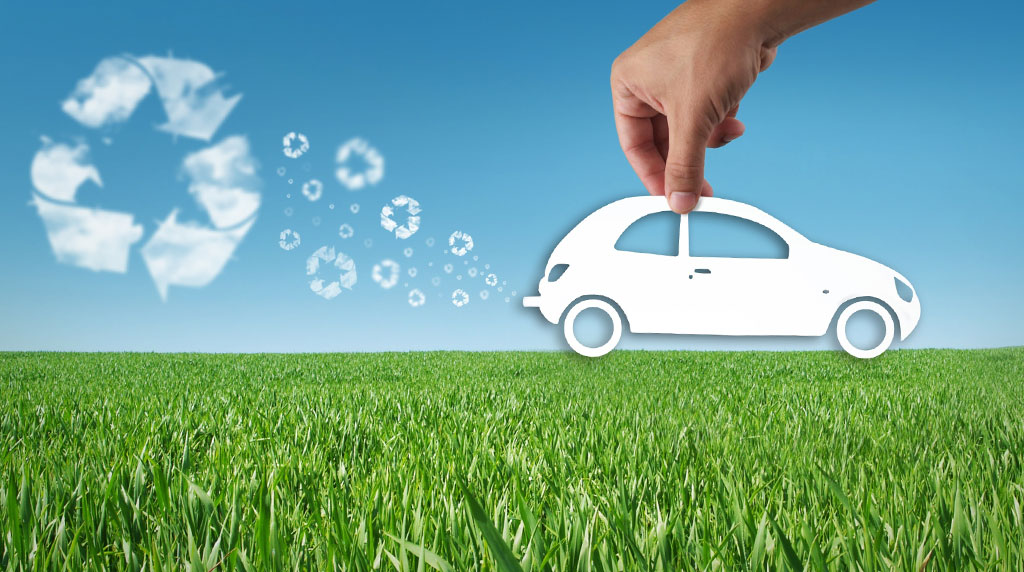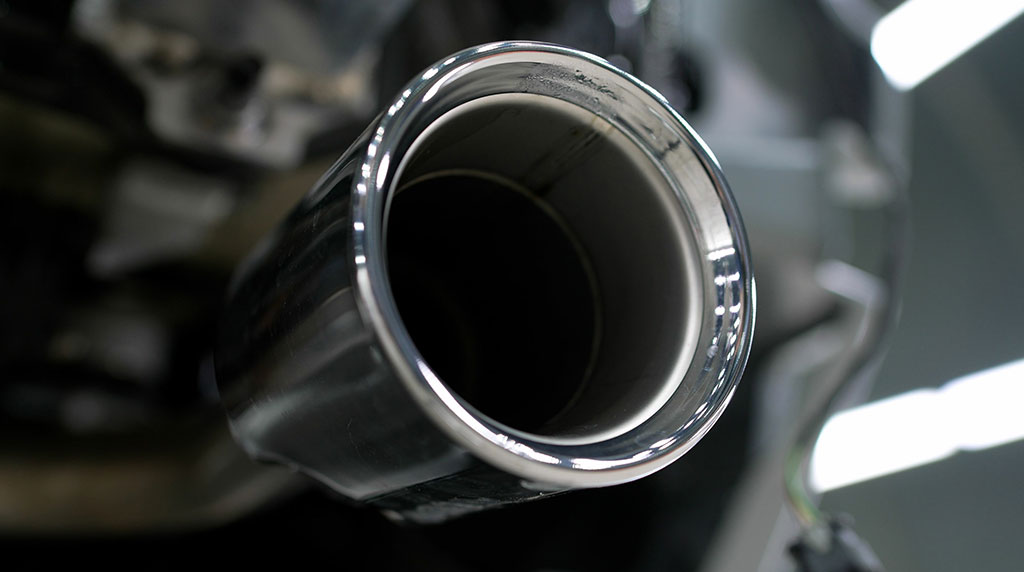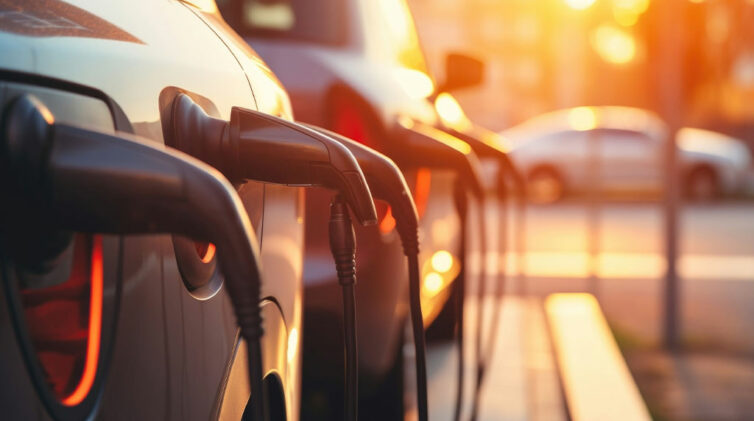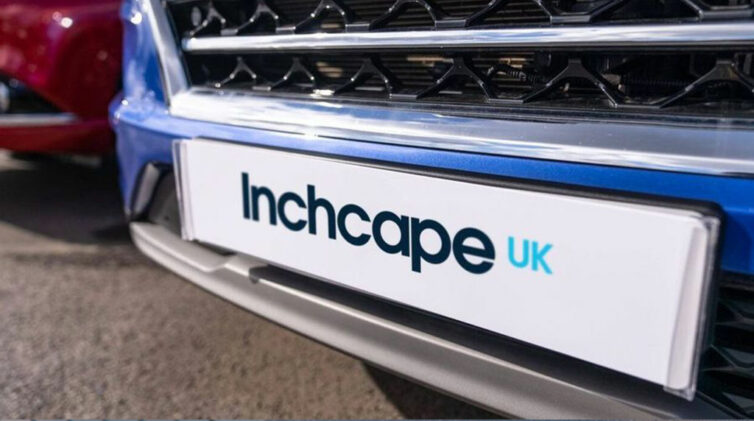The standard has not yet been set. That has yet to be determined. But the announcement means the process is now under way.
This move, under the government’s National Electric Vehicle Strategy, is the first step. Consultations with transport associations and organisations will now begin to create the strategy that will eventually determine an Australian fuel efficiency standard.
The government plan follows an initiative by the Federal Chamber of Automotive Industries’ to release new-vehicle CO2 emissions data for each brand which forms part of its industry-led, voluntary CO2 emissions standard.
The FCAI’s chief executive Tony Weber said the voluntary CO2 emissions standard was established in 2020 in the absence of a federally-mandated scheme.
“We are starting this process a long way behind the rest of the world,” he said.
“Australians have a preference for large SUVs and light commercials and in these segments, the technology to deliver zero-emission vehicles is not yet widely available and affordable for Australian families.”
The Motor Trades Association of Australia (MTAA) said the government’s strategy would ensure better choice of electric vehicles for Australian consumers, along with creating more and improved options for buyers of internal combustion engine (ICE) vehicles.
It said that part of the strategy includes the introduction of the fuel efficiency standard – which will outline how much carbon dioxide a vehicle produces – with the aim to incentivise consumers to use more fuel efficient ICE vehicles.
MTAA interim CEO Geoff Gwilym said that the federal government will work with industry and the community to finalise details for the standard.
“Implementing this scheme should mean a greater choice of fuel efficient vehicles in the Australian fleet, some of which are currently unavailable in Australia because they are diverted to other, more accepting, markets,” he said.
According to government figures, Australian new cars use 40 per cent more fuel than equivalent vehicles in the European Union, 20 per cent more than in the US and 15 per cent more than in New Zealand.
“The Albanese Government says the introduction of the Fuel Efficiency Standard could save Australian motorists $519 per year in fuel costs. Consumers will welcome that and we welcome it, too,” Mr Gwilym said.
He added that Australia also lags behind much of the rest of the world in EV take-up “and this needs rectification” so the MTAA “looks forward to the government keeping the promises announced in the National Electric Vehicle Strategy and stands ready to assist in its implementation.”
Community group Solar Citizens responded to the federal government’s plan by saying that its analysis has shown that if implemented, a fuel efficiency standard that could match the European Union would mean Australians could save at least $11 billion in fuel cost savings over five years, including $4 billion for regional Australia.
The Australian Automotive Dealers Association (AADA) CEO James Voortman welcomed the government’s commitment to develop fuel efficiency standards for light vehicles.
He said that the release of the National Electric Vehicle Strategy will lead to “cleaner and greener passenger cars that can provide major benefits for consumers and businesses in the automotive supply chain.”
“An appropriately structured fuel efficiency standard is an important element of this journey.
“The automotive industry is in fierce agreement that we need such a standard, but the detail that emerges out of the consultation will be critical. If we go too hard too fast we risk undermining vehicle affordability and choice.”
The FCAI this week released consolidated 2022 industry data from its voluntary standard that showed that the MA Category (passenger cars and light SUVs) average for 2022 was 131 grams of CO2 per kilometre, below the target of 146g CO2/km.
By contrast, the heavy SUVS and light commercials average was 213g CO2/km, higher than the target of 189g CO2/km.
FCAI Chief Executive Tony Weber said these results point to the complex nature of Australia’s journey to a zero-emission light vehicle fleet. It also highlights the effect of a vehicle carpark dominated by work-focused utes.
The AADA’s James Voortman said that the differences in the vehicle buying habits of Australians – along with its unique status of being a small, right-hand drive vehicle, full import market – meant “we need a policy tailored for Australia.”
“The standard also needs to be considered alongside other EV policy initiatives,” he said.
“In the US for example, fuel efficiency standards exist alongside incredibly generous purchase incentives. The full suite of policies needs to inform our ambition in this massive transition.”
He said that the AADA was prepared to work with the federal government and other participants in the automotive supply chain “to ensure the fuel efficiency standard is ambitious, but achievable, allowing Australians to access state of the art fuel-efficient vehicles, without reducing vehicle affordability or choice.”
By Neil Dowling















 Read More: Related articles
Read More: Related articles

